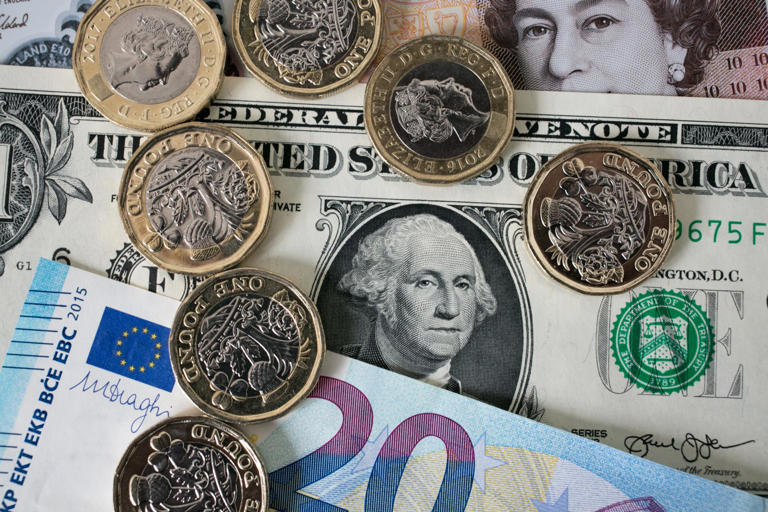In July, the US dollar saw a significant decline following a period of strong growth in June. This shift in its trajectory reflects a complex interplay of domestic and global economic factors, suggesting that while the current weakness may be pronounced, there are underlying dynamics that could see the dollar regain strength in the near future.
One of the primary drivers of the dollar’s recent weakness has been the Federal Reserve’s shift in monetary policy stance. The Fed has signaled a more accommodative approach towards interest rates, indicating the possibility of multiple rate cuts throughout 2024. This shift in rhetoric has reduced the dollar’s attractiveness to investors seeking higher yields, as lower interest rates tend to decrease the relative return on dollar-denominated assets.
Economic indicators out of the US have also contributed to the dollar’s decline. Data for the second quarter revealed softer-than-expected figures for inflation and economic activity, raising concerns about the overall health of the US economy. These indicators have dampened investor confidence in the dollar’s strength, particularly as they suggest a potential slowdown in economic growth.
Internationally, political stability in Europe, particularly following the conclusion of the French National Assembly elections, has bolstered the euro and British pound. This stabilization has exerted downward pressure on the dollar as these currencies gained ground against it. Additionally, actions by the Bank of Japan to intervene in the foreign exchange market to support the yen have also contributed to limiting the dollar’s appreciation against the yen, further affecting its overall performance.
Mary Daly, a prominent figure from the San Francisco Federal Reserve, emphasized the Fed’s commitment to managing inflation towards a sustainable level. Her statements and those of other Fed officials have hinted at potential future rate cuts as a means to stabilize economic conditions. This forward-looking approach aligns with market expectations, influencing investor sentiment towards the dollar.
Recent market reactions have reflected optimism surrounding the potential outcomes of the upcoming US election. There is a prevailing sentiment among investors that a Republican administration, under the leadership of Donald Trump, could stimulate economic growth and corporate earnings. This optimism has particularly benefited cyclical stocks like banks and has driven a continued rotation towards small-cap equities.
Despite the positive market sentiment, concerns among bond traders persist regarding potential inflationary pressures and fiscal deficits that could arise under a hypothetical Trump administration. These concerns have contributed to fluctuations in bond yields, underscoring the nuanced outlook for the dollar’s future performance.
Looking forward, several factors support the potential for the dollar to rebound from its current depreciation:
- Global Economic Challenges: Disinflationary pressures and subdued economic data remain prevalent globally, suggesting a broader economic environment that could favor dollar strength as a safe-haven asset.
- Political Uncertainty in Europe: Anticipated political uncertainties, such as upcoming regional elections in Germany, could reintroduce volatility into European markets, potentially favoring the dollar as a more stable alternative.
- Limits on Inflation Decline: Forecasts indicate that the downward trend in inflation may stabilize towards the end of 2024, potentially lessening the urgency for aggressive Fed rate cuts and providing stability for the dollar.
- Fed’s Policy Approach: The Federal Reserve is expected to pursue a measured easing cycle, with gradual rate cuts rather than sharp reductions. This approach is likely to mitigate the impact on the dollar’s valuation compared to more aggressive monetary policies.
The broader global economic landscape, including challenges in European economic indicators and cautious optimism surrounding China’s economic recovery, will also play crucial roles in shaping the dollar’s trajectory. These factors collectively underscore the complexity of factors influencing currency valuations and highlight the dynamic nature of the dollar’s outlook in the months ahead.
